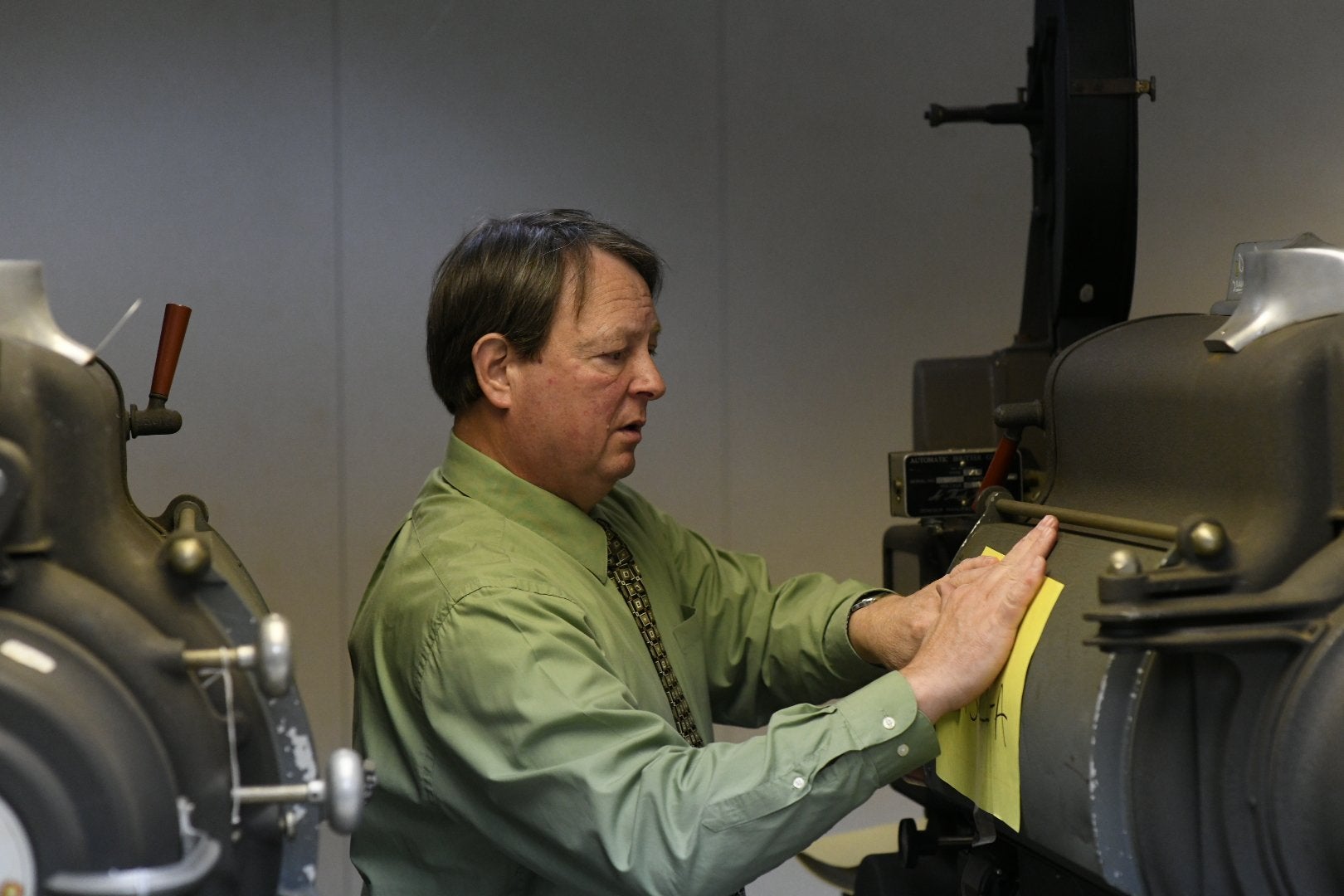Bob Anzuoni is a museum director with no museum and no staff. Soon, he will have no paintings, no artifacts and no historical documents.
His title is director of the United States Army Signal Corps Museum. But since October 2021, his job has been to catalogue, box and ship items from the century-old museum to Army warehouses, other Army museums and to Signal units willing to display some of the 4,100 artifacts Anzuoni has cared for during the last 18 years on Fort Gordon.
What remains in his care is in building 39127, a vine-covered warehouse tucked behind Fort Gordon’s Post Exchange and next to the Fort Gordon Youth Challenge Academy, a school for troubled teens.
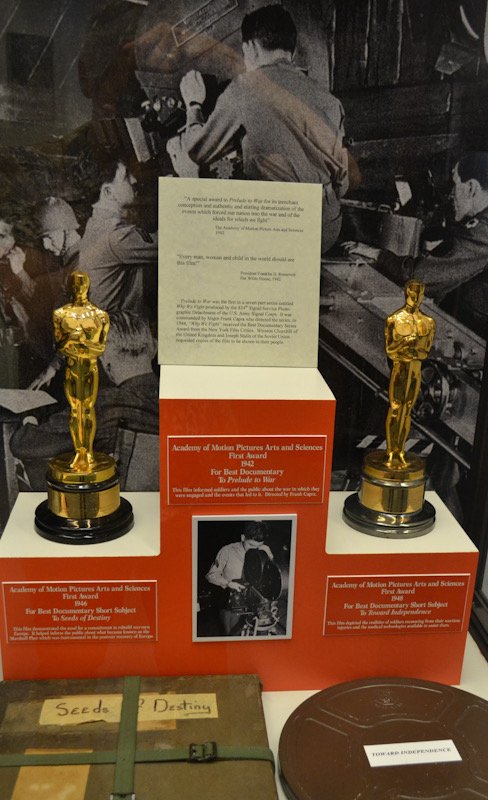
[adrotate banner=”51″]
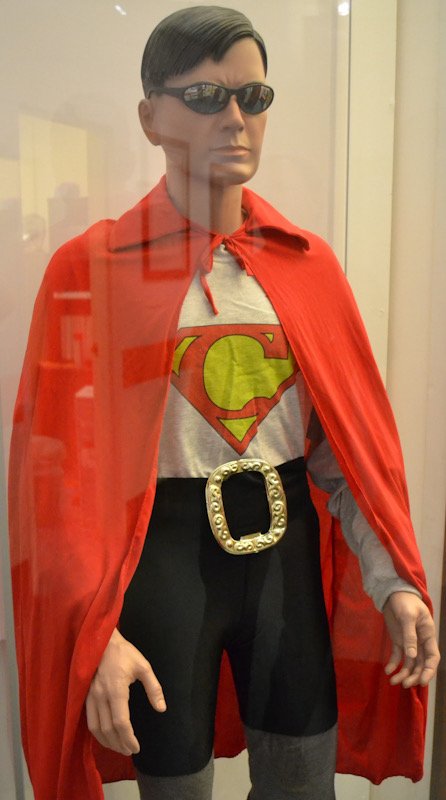
The artifacts included Adolph Hitler’s telephone captured at the end of World War II, two of the three Oscar award statues the Signal Corps won for documentaries, a Civil War Union Army uniform and telegraph, a painting of the biplane the Signal Corps used to search for Poncho Villa after the Mexican revolutionary attacked United States soldiers and a section of the Berlin Wall, among thousands of others. Most have been shipped off to a government warehouse in Alabama.

The closure is a mighty fall for a museum that hosted four-star generals, numerous secretaries of the Army and every officer and non-commissioned officer who went through career-development courses at Fort Gordon and were required to tour the museum. The Signal Corps has had a museum for 104 years, though it wasn’t always at Fort Gordon.
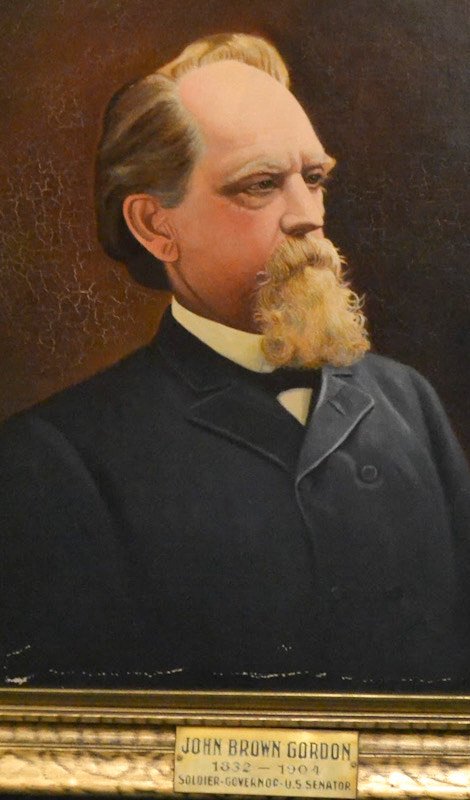
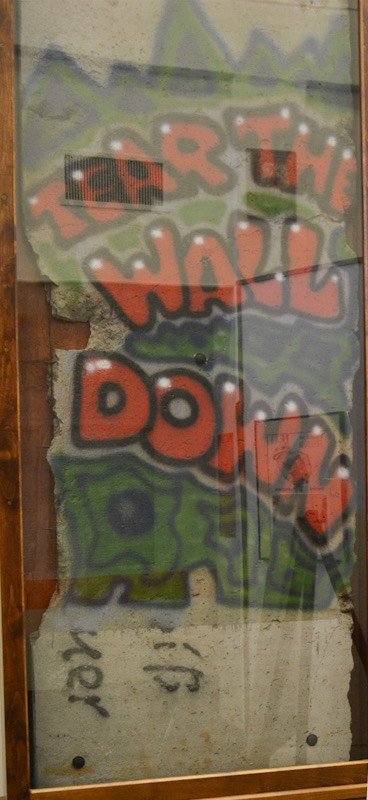
Last fall, the Army emptied his museum, the Signal Tower and other buildings that for years have been the epicenter of Fort Gordon. The military plans to tear down those buildings to remake the command headquarters and student classrooms.
The closure has prompted a group of Signal Corps supporters, made up of high-ranking Army retirees and others, to begin an earnest campaign to raise funds and buy a new home for the museum. So far they have raised $125,000 – far short of the estimated $4 million needed to buy, renovate and staff the property they have in mind for a new museum location: the abandoned National Science Center located on Craig Sims Parkway and Gordon Highway just outside Fort Gordon’s Gate 1.
The Department of Defense no longer builds military history museums, so the main way museums have gotten built in the last two decades is for Army supporters to raise funds, buy the museum property and building and then donate a finished museum to the Department of the Army.
“If it doesn’t happen soon, those items could be lost to the Signal Regiment,” said Amy Tuschen, executive director of the Fort Gordon Historical Museum Society (FGHMS), the group of former Signal officers working to fund a new museum.
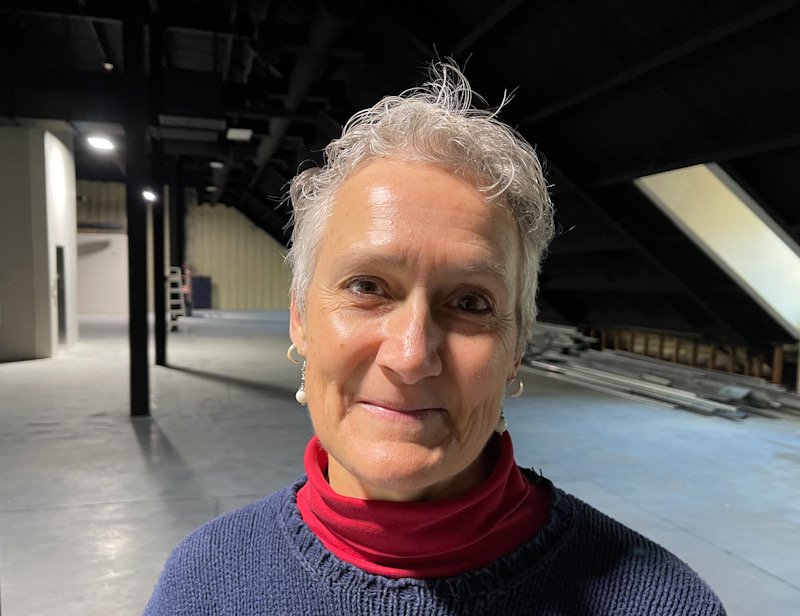
“It hurts my heart this is happening,” Tuschen added.
Anzuoni agrees with Tuschen and said other Army museums could take artifacts that had belonged to the Signal Corps. That means the Signal Corps museum’s two Oscar movie award statues – perhaps the most famous items in the museum’s collection – could, as an example, become part of Fort Benning’s National Infantry Museum, and it would be difficult for the Signal Corps to get them back. Already the third Oscar won by the Signal Corp is at the Pentagon on display outside the Army Chief of Staff’s office, Anzuoni said.
Tuschen said if her group raises the $4 million, they would put the bulk of the collection on the old science center’s second floor. The building’s current owner had partially renovated it in anticipation of selling it or leasing it for a cyber-related business. When that deal fell through, he offered the building to Tuschen’s group at a discount, she said.


Tuschen has some heavy hitters, in the Signal world at least, on the board and as advisors of her non-profit.
The highest ranking member of the group is Jennifer L. Napper, a retired two-star general who commanded the unit responsible for the entire Army’s communications network as well as the 7th Signal Command, the largest combat Signal unit in the Army.
“The ability to preserve and share the examples of technology, documents, and stories from the regiment and Fort is critical,” Napper said.
[adrotate banner=”15″]
“The Signal branch museum, we have to build it. It has to be done,” said Retired Brig. Gen. Jeff Foley, an advisor to the museum group and a former Fort Gordon commander from 2007-2010 and the Signal Corps’ 34th Chief of Signal. “There is no question our priority is to rescue the Signal Corps history.”
Retired Brig. Gen. Welton Chase is the group’s chairman of the board. He said it’s possible items belonging to the Signal museum could be lost. But it’s more likely the museum will become a larger, more welcoming museum in the future, especially if it is located just outside Fort Gordon’s perimeter.
That would make it easier for the public to visit, Chase said, and learn about the history of military communications and how the Signal Corps was the beginning of America’s military aviation and the National Weather Service.
“I think it has to be a stronger museum,” Chase said. “It will be something for the community that will be a jewel and we will all be proud of.”
The museum supporters are accepting donations at their website, www.gordonhistoricalmuseum.org, and approaching wealthy business owners who served in the Signal Corps or who do business with military communications.
Joshua B. Good is a staff reporter covering Columbia County and military/veterans’ issues for The Augusta Press. Reach him at joshua@theaugustapress.com

